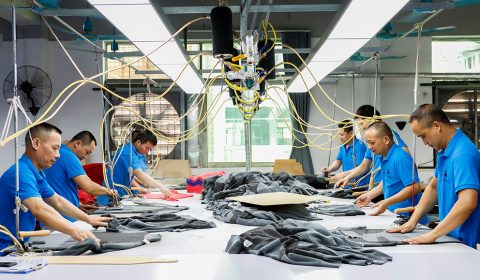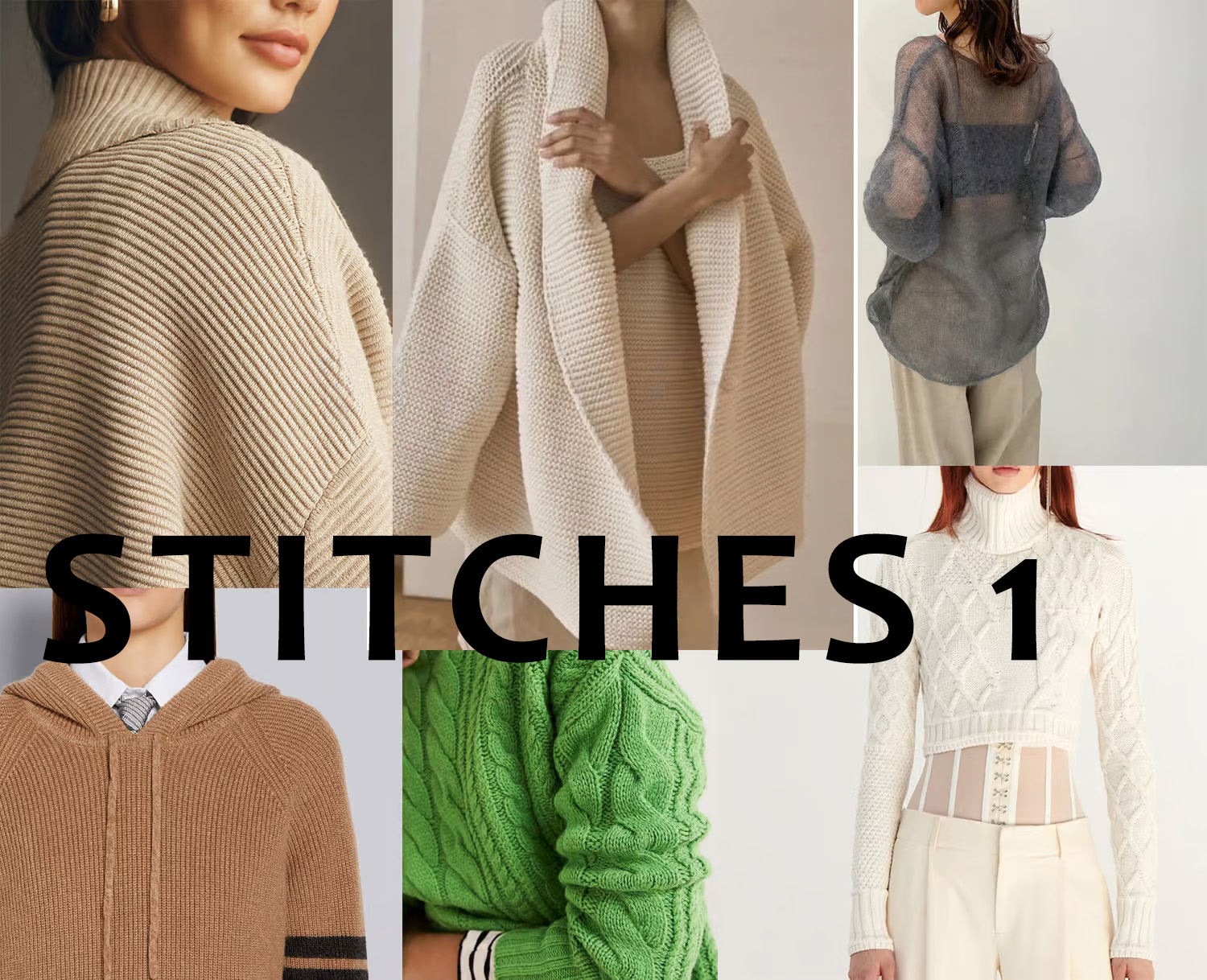Yarn has become an important element of environmental fashion
As an important element of eco-friendly fashion, yarn plays a key role and plays a vital role in the development of sustainability and eco-friendly fashion.
The material choice of the yarn is very important. More and more fashion brands are choosing to use sustainable and environmentally friendly materials to make yarns, such as organic cotton, recycled fibers and natural dyes. The use of these materials reduces the reliance on harmful chemicals and reduces the adverse environmental impact of the production process.
In terms of yarn production methods, eco-friendly fashion brands tend to adopt more energy efficient and efficient production technologies to reduce energy consumption and waste generation. In addition, some brands are committed to improving the working conditions of textile workers and ensuring that the production process is more humane and fair.
Most importantly, the sustainability of the yarn extends to the garment manufacturing process. Yarn is used to make sustainable and environmentally friendly fashion, such as biodegradable textiles and clothing made from recycled fibers. These fashion choices reduce the environmental footprint of fashion while promoting the spread of sustainable fashion.
Sustainable design that reduces waste
Sustainable design with an emphasis on reducing waste is a key initiative in the fashion industry that aims to mitigate the adverse environmental impact of the fashion industry and drive a more sustainable future. This concept has had a profound impact on the design, manufacturing and consumption levels.
Sustainable design that reduces waste emphasizes the intelligent use of materials. Designers and manufacturers are starting to pay more attention to selecting high-quality, sustainable and renewable yarn materials to reduce resource waste.
At the same time, innovative production techniques and processes are used to ensure maximum yarn utilization and reduce the generation of cutting waste and waste.
Sustainable design encourages transparency in production. Brands are beginning to communicate to consumers where their sustainable yarns come from, how they are produced, and how they are environmentally friendly. This transparency encourages more responsible consumer behaviour and makes it easier for consumers to choose textiles that are manufactured in a sustainable way.
Sustainable design that emphasizes less waste not only helps reduce resource consumption and environmental pollution, but also encourages more responsible production and consumption patterns, paving the way for a more sustainable future for the fashion industry. The implementation of this concept has a profound positive impact on our environment and society.
Sustainable yarn application
The use of sustainable yarns helps reduce the generation of textile waste. The traditional textile industry often uses a lot of chemical fibers, and these fibers are difficult to degrade, resulting in a large amount of textile waste.
Sustainable yarns are typically made from natural or biodegradable materials, such as organic cotton, linen, hemp or recycled fibers, which have less of an environmental impact after being discarded.
The production process of sustainable yarn is more environmentally friendly. The production of sustainable yarns often uses resources more efficiently, reducing water and energy waste. In addition, some sustainable yarn brands focus on monitoring the supply chain to ensure that environmental standards are followed in the production process.
At the same time, the properties of sustainable yarn, such as ease of disassembly and reuse, help to create longer-lasting clothing and reduce the number of clothing scraps.
Yarn recycling and reuse
Yarn recycling and reuse is an important topic in the field of sustainable fashion, aiming to reduce the textile industry’s dependence on resources and the burden on the environment. There are several key aspects to consider when exploring ways to recycle and reuse yarn.
One common method is to recycle waste textiles through the yarn recycling process. This involves reprocessing discarded yarns and fabrics to obtain high-quality recycled yarn. This process requires strict quality control to ensure that the performance and appearance of the recycled yarn matches that of the new yarn.
Reuse of yarn can be achieved through design and optimization in the production process. For example, zero-waste design principles are adopted to minimize waste generation. In addition, lean manufacturing techniques can help manufacturers use yarn more efficiently and reduce waste in the production process.
Education and advocacy are also key factors driving yarn recycling and reuse. Consumers and fashion brands need to understand how to properly dispose of and recycle yarn products to reduce waste generation. The fashion industry can also promote sustainable fashion practices and awareness by working with environmental organizations.




 English
English Deutsch
Deutsch Français
Français Italiano
Italiano Español
Español Русский
Русский Polski
Polski Nederlands
Nederlands Svenska
Svenska

